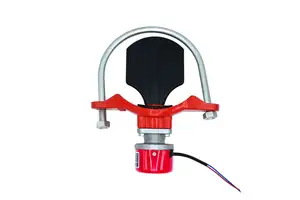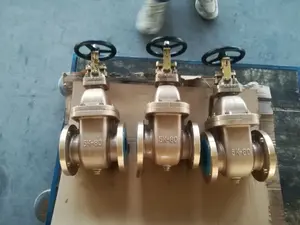Introduction to Angle Valve Fire Solutions
Angle valves, specifically designed for fire safety applications, play a crucial role in managing and directing the flow of water in firefighting systems. These specialized valves are engineered to offer precise control over the water supply in emergency situations, ensuring that fire suppression efforts are effective and efficient.
Types and Applications
The variety of angle valve fire products encompasses several types, each tailored for specific scenarios and requirements. From simple on-off operations to more complex flow modulation, these valves are integral in systems ranging from high-rise building fire suppression to industrial fire control. Common types include the standard angle hose valve, which is often found in stairwell landings for hose attachments, and the angle check valve, which prevents backflow and maintains system integrity.
Features and Materials
Constructed from durable materials such as brass and stainless steel, angle fire valves are built to withstand the rigors of harsh environments and high-pressure conditions. Features such as tamper-resistant locks and corrosion-resistant coatings are standard, ensuring longevity and reliability. The design of these valves often includes a compact form factor, allowing for installation in tight spaces without compromising accessibility or performance.
Advantages of Angle Valve Fire Systems
The use of angle fire valves in fire suppression systems offers several advantages. Their angular design facilitates easier installation and maintenance, while also providing a more ergonomic interface for firefighters during emergencies. The robust construction of these valves ensures that they can handle the thermal stresses of fire scenarios, maintaining functionality when it is most needed.
Selection Considerations
When selecting an angle valve for fire suppression systems, it is essential to consider factors such as valve size, pressure ratings, and compatibility with existing piping. It is also important to evaluate the specific requirements of the application, such as the need for manual or automatic operation, to ensure optimal performance and safety.
Conclusion
In conclusion, the angle valve fire category includes a diverse array of solutions tailored to meet the demands of fire safety systems. With a focus on reliability, durability, and performance, these valves are a critical component in safeguarding lives and property against the threat of fire.









































 浙公网安备 33010002000092号
浙公网安备 33010002000092号 浙B2-20120091-4
浙B2-20120091-4